Contents
Pagebreaks of the print version
TANG
DYNASTY
TALES A Guided Reader Volume 2 |
TANG
DYNASTY
TALES
A Guided Reader
Volume 2
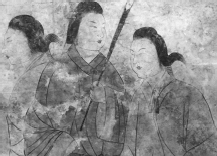
William H. Nienhauser, Jr.
University of Wisconsin-Madison, USA

Published by
World Scientific Publishing Co. Pte. Ltd.
5 Toh Tuck Link, Singapore 596224
USA office: 27 Warren Street, Suite 401-402, Hackensack, NJ 07601
UK office: 57 Shelton Street, Covent Garden, London WC2H 9HE
Library of Congress Cataloging-in-Publication Data
William H. Nienhauser, Jr.
Tang dynasty tales : a guided reader (v. 1) / by Nienhauser, William H., Jr.
p. cm.
Includes bibliographical references and index.
ISBN-13 9789814287289 (hbk.)
ISBN-10 9814287288 (hbk.)
1. Chinese fiction--Tang dynasty, 618907. 2. Chinese fiction--Tang dynasty 618907--History and criticism
PL2641.T32184 2010
British Library Cataloguing-in-Publication Data
A catalogue record for this book is available from the British Library.
Tang Dynasty Tales: A Guided Reader
Vol. 2
ISBN 978-981-4719-52-0
Copyright 2016 by World Scientific Publishing Co. Pte. Ltd.
All rights reserved. This book, or parts thereof, may not be reproduced in any form or by any means, electronic or mechanical, including photocopying, recording or any information storage and retrieval system now known or to be invented, without written permission from the publisher.
For photocopying of material in this volume, please pay a copying fee through the Copyright Clearance Center, Inc., 222 Rosewood Drive, Danvers, MA 01923, USA. In this case permission to photocopy is not required from the publisher.
In-house Editor: Qi Xiao
Printed in Singapore
Acknowledgments
My thanks to the translators who showed not only their knowledge of these texts but also their patience. Many of these renditions were shaped by the intelligence and dedication of the members of the Madison Reading Group: Yaping Cai  Maria Kobzeva, Lu Xiaojun
Maria Kobzeva, Lu Xiaojun  L Xiang
L Xiang  Ng Wunkin
Ng Wunkin 
 Thomas D. Noel, Wei Liu
Thomas D. Noel, Wei Liu  Wu Tao
Wu Tao  and Zhou Yi
and Zhou Yi 
 Michael E. Naparstek and Mr. Noel offered sound advice on matters of religion and style and Ms. Kobzeva provided much technical support while also compiling the Index. I am most grateful to Mr. Qi Xiao, our editor at World Scientific Publishing, whose keen eye has helped avoid many a slip.
Michael E. Naparstek and Mr. Noel offered sound advice on matters of religion and style and Ms. Kobzeva provided much technical support while also compiling the Index. I am most grateful to Mr. Qi Xiao, our editor at World Scientific Publishing, whose keen eye has helped avoid many a slip.
Final editing was done in a wonderful cellar office at the Center for Advanced Studies, Ludwig Maximilian University, Munich, with a generous grant from the Alexander von Humboldt Foundation. I am grateful to both institutions for their support.
This volume is dedicated to my teacher Liu Wu-chi (Liu Wuji  ) who initiated me to the study of Chinese literature exactly fifty years ago and to Karl S. Y. Kao
) who initiated me to the study of Chinese literature exactly fifty years ago and to Karl S. Y. Kao  who helped me understand Tang tales and academic life here in Madison.
who helped me understand Tang tales and academic life here in Madison.
Note to the Reader
The translations herein are intended for both the general reader interested in Tang narrative as well as for those who study the original texts. Each tale-translation is followed by the original text, an analysis in the form of a translators note, and a short bibliography providing directions for further study or research.
Specialists need no introduction to the background world of these tales, but for many readers some brief comments are helpful. The Tang dynasty (618-907) produced some of Chinas greatest poetsLi Bo  (701-761), Du Fu
(701-761), Du Fu  (712-770), and Wang Wei
(712-770), and Wang Wei  (701-761) are often mentioned to represent this greatness. They all lived during the reign of Xuanzong
(701-761) are often mentioned to represent this greatness. They all lived during the reign of Xuanzong  (r. 712756), one of Chinas most famous emperors. Yet in the decades following the demise of these poets the tale flourished to the point that it became a dominant form in Tang literature between 790 and 850. Their authors were for the most part members of the growing number of regional elite officials who owed their social and political status to their success in the annual jinshi
(r. 712756), one of Chinas most famous emperors. Yet in the decades following the demise of these poets the tale flourished to the point that it became a dominant form in Tang literature between 790 and 850. Their authors were for the most part members of the growing number of regional elite officials who owed their social and political status to their success in the annual jinshi or presented-scholar examinations. Although the examinations, based on a knowledge of classical texts as well as the composition of poetry, were written so that the examinersin theory at least could not determine the identity of the examinee, there is considerable evidence that the examiners were more aware of the provenance of the examination papers. Thus the authors of tales often gained a reputation by circulating their narratives that aided
or presented-scholar examinations. Although the examinations, based on a knowledge of classical texts as well as the composition of poetry, were written so that the examinersin theory at least could not determine the identity of the examinee, there is considerable evidence that the examiners were more aware of the provenance of the examination papers. Thus the authors of tales often gained a reputation by circulating their narratives that aided
The original texts of the tales are cited by chapter and page to the edition each translator selectedthe two most common renditions are the  Taiping guangji (TPGJon this and other abbreviated titles see the List of Abbreviations in the frontmatter) and the modern annotated versions found in Li Jianguo
Taiping guangji (TPGJon this and other abbreviated titles see the List of Abbreviations in the frontmatter) and the modern annotated versions found in Li Jianguo 
 ed., Tang Song chuanqi pindu cidian
ed., Tang Song chuanqi pindu cidian (2v.; Beijing: Xin Shijie, 2007). Textual variants to other editions, when relevant, are given in the notes. Difficult or unusual expressions are explained in the appended Glossary.
(2v.; Beijing: Xin Shijie, 2007). Textual variants to other editions, when relevant, are given in the notes. Difficult or unusual expressions are explained in the appended Glossary.
Official Titles are generally based on Charles O. Huckers A Dictionary of Official Titles in Imperial China (Stanford: Stanford University Press, 1965), with references as well to the translations by Robert des Rotours in his Trait des fonctionnaires et Trait de larme



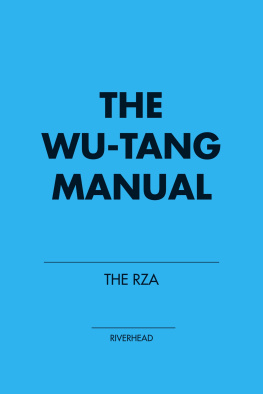
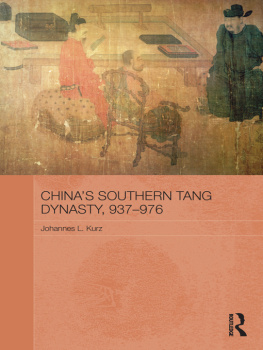
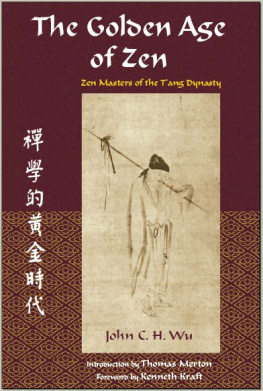
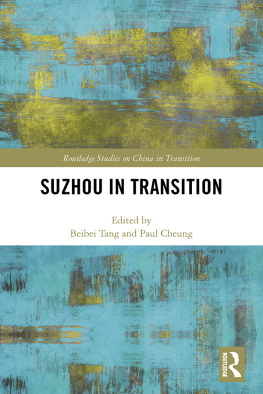
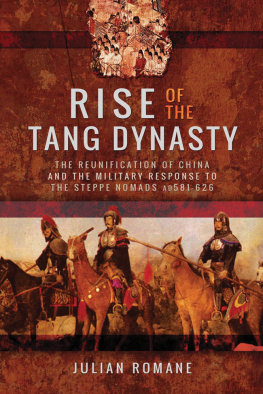


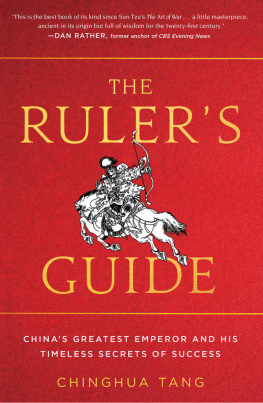
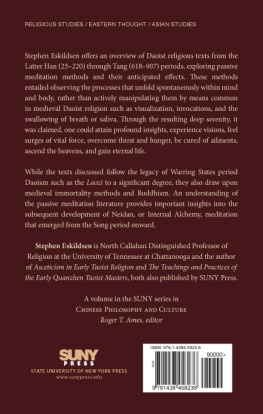
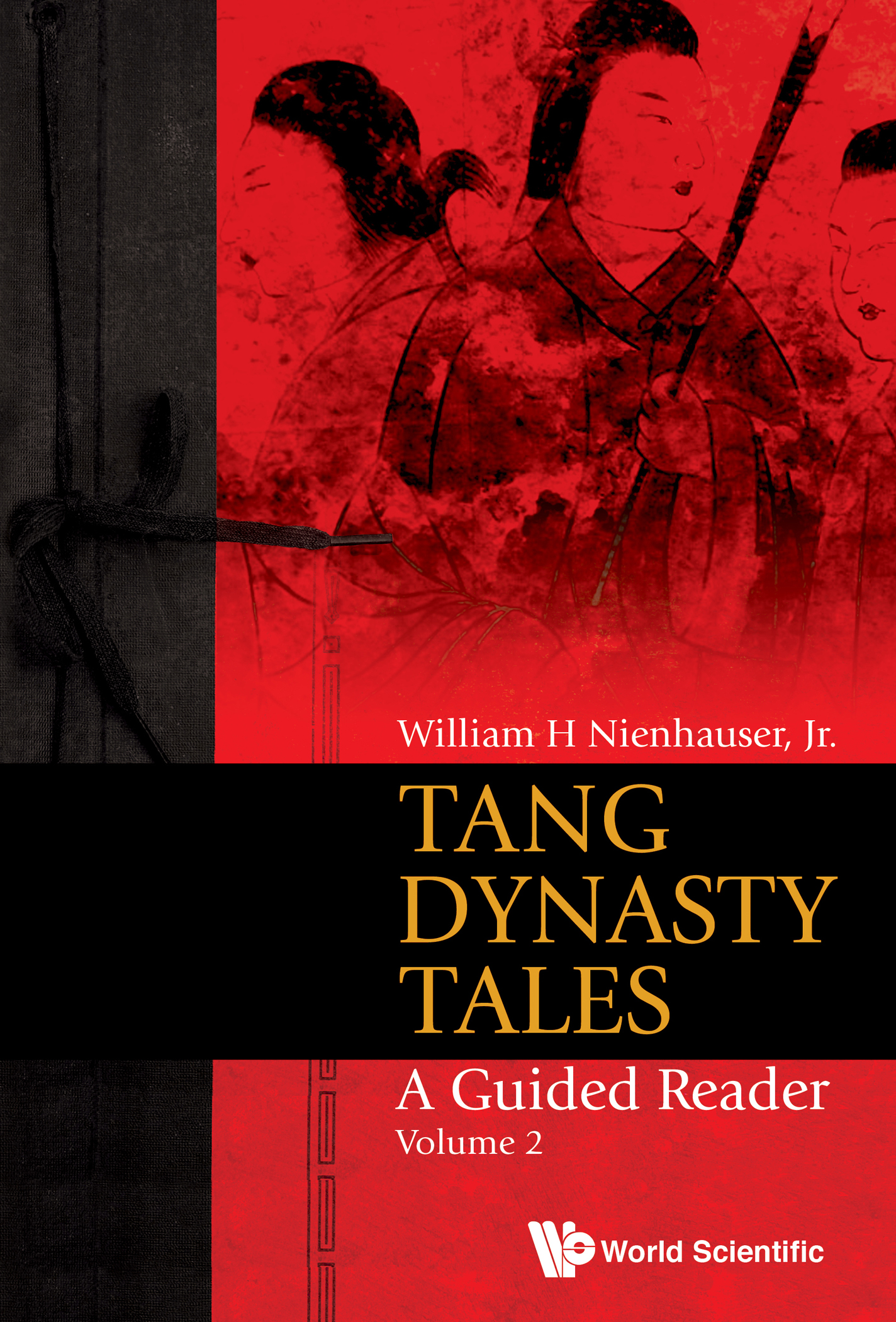


 Maria Kobzeva, Lu Xiaojun
Maria Kobzeva, Lu Xiaojun  L Xiang
L Xiang  Ng Wunkin
Ng Wunkin 
 Thomas D. Noel, Wei Liu
Thomas D. Noel, Wei Liu  Wu Tao
Wu Tao  and Zhou Yi
and Zhou Yi 
 Michael E. Naparstek and Mr. Noel offered sound advice on matters of religion and style and Ms. Kobzeva provided much technical support while also compiling the Index. I am most grateful to Mr. Qi Xiao, our editor at World Scientific Publishing, whose keen eye has helped avoid many a slip.
Michael E. Naparstek and Mr. Noel offered sound advice on matters of religion and style and Ms. Kobzeva provided much technical support while also compiling the Index. I am most grateful to Mr. Qi Xiao, our editor at World Scientific Publishing, whose keen eye has helped avoid many a slip. ) who initiated me to the study of Chinese literature exactly fifty years ago and to Karl S. Y. Kao
) who initiated me to the study of Chinese literature exactly fifty years ago and to Karl S. Y. Kao  who helped me understand Tang tales and academic life here in Madison.
who helped me understand Tang tales and academic life here in Madison. (701-761), Du Fu
(701-761), Du Fu  (712-770), and Wang Wei
(712-770), and Wang Wei  (701-761) are often mentioned to represent this greatness. They all lived during the reign of Xuanzong
(701-761) are often mentioned to represent this greatness. They all lived during the reign of Xuanzong  (r. 712756), one of Chinas most famous emperors. Yet in the decades following the demise of these poets the tale flourished to the point that it became a dominant form in Tang literature between 790 and 850. Their authors were for the most part members of the growing number of regional elite officials who owed their social and political status to their success in the annual jinshi
(r. 712756), one of Chinas most famous emperors. Yet in the decades following the demise of these poets the tale flourished to the point that it became a dominant form in Tang literature between 790 and 850. Their authors were for the most part members of the growing number of regional elite officials who owed their social and political status to their success in the annual jinshi or presented-scholar examinations. Although the examinations, based on a knowledge of classical texts as well as the composition of poetry, were written so that the examinersin theory at least could not determine the identity of the examinee, there is considerable evidence that the examiners were more aware of the provenance of the examination papers. Thus the authors of tales often gained a reputation by circulating their narratives that aided
or presented-scholar examinations. Although the examinations, based on a knowledge of classical texts as well as the composition of poetry, were written so that the examinersin theory at least could not determine the identity of the examinee, there is considerable evidence that the examiners were more aware of the provenance of the examination papers. Thus the authors of tales often gained a reputation by circulating their narratives that aided Taiping guangji (TPGJon this and other abbreviated titles see the List of Abbreviations in the frontmatter) and the modern annotated versions found in Li Jianguo
Taiping guangji (TPGJon this and other abbreviated titles see the List of Abbreviations in the frontmatter) and the modern annotated versions found in Li Jianguo 
 ed., Tang Song chuanqi pindu cidian
ed., Tang Song chuanqi pindu cidian (2v.; Beijing: Xin Shijie, 2007). Textual variants to other editions, when relevant, are given in the notes. Difficult or unusual expressions are explained in the appended Glossary.
(2v.; Beijing: Xin Shijie, 2007). Textual variants to other editions, when relevant, are given in the notes. Difficult or unusual expressions are explained in the appended Glossary.